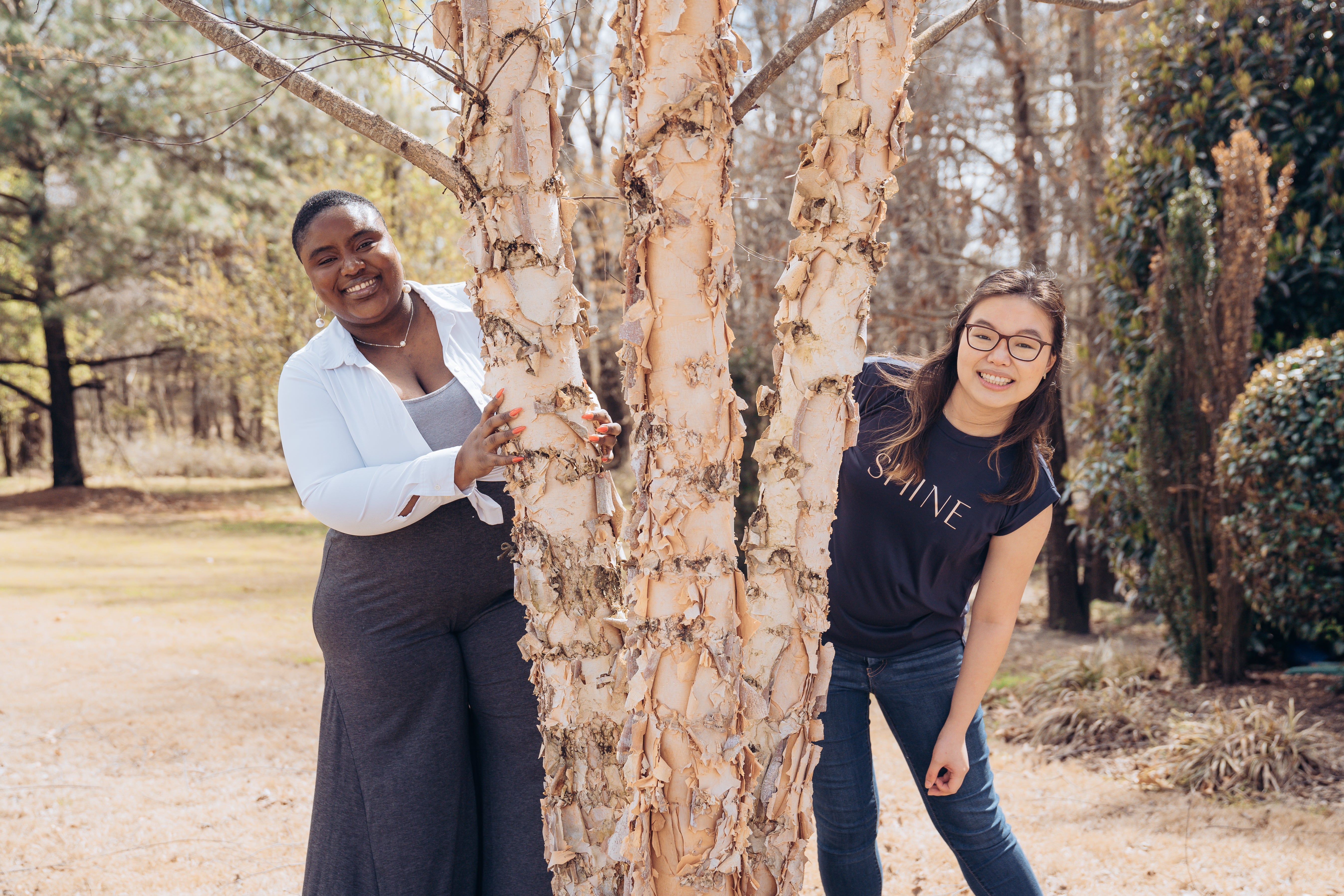The journey through the foster care system is often marked by instability, loss, and a pervasive sense of impermanence. For those who have experienced it, the echoes of this experience can linger long after they've left the system, particularly in the realm of relationships and attachment. The challenges they face in forming and maintaining healthy connections are often profound, yet frequently misunderstood.
The Scars of Separation
Children enter foster care for a multitude of reasons, but the common thread is often some form of trauma, whether it be abuse, neglect, or the simple, heartbreaking separation from their families. This initial rupture can create deep emotional scars, impacting a child's ability to trust and form secure attachments, this can continue into adulthood. The repeated experience of being uprooted and moved from home to home can further compound these issues, leaving individuals with a sense of rootlessness and a fear of abandonment.
In the words of one former foster youth, "It's like you're always waiting for the other shoe to drop. You learn not to get too close to anyone because you know they'll eventually leave." This sentiment is echoed by many who have experienced the foster care system. The constant change and instability can lead to a pervasive fear of loss, making it difficult to open up and form lasting bonds.

The Challenge of Attachment
Attachment theory, developed by psychologist John Bowlby, emphasizes the importance of early childhood experiences in shaping our ability to form healthy relationships. Children who grow up in stable and nurturing environments develop are more likely to have a secure attachment style, characterized by trust, empathy, and the ability to form close bonds. However, for children in foster care, the instability and trauma they experience can disrupt this process, leading to insecure attachment styles.
These insecure attachment styles can manifest in different ways. Some individuals may develop an anxious-preoccupied attachment style, marked by a deep fear of rejection and a constant need for reassurance. Others may develop a dismissive-avoidant attachment style, characterized by emotional detachment and a reluctance to form close relationships. Still others may exhibit a fearful-avoidant attachment style, a combination of both, marked by a desire for connection coupled with a fear of intimacy.
These attachment styles can significantly impact an individual's ability to form and maintain healthy relationships. Those with anxious attachment may come across as clingy or needy, while those with avoidant attachment may appear distant or emotionally unavailable. Understanding these attachment styles is crucial for both former foster youth and their partners in navigating the complexities of their relationships.
The Impact on Adult Relationships
The challenges faced by former foster youth in forming secure attachments can have a ripple effect on their adult relationships. They may struggle with intimacy, trust, and communication, leading to difficulties in maintaining long-term partnerships. The fear of abandonment can lead to self-sabotaging behaviors, such as pushing partners away or ending relationships prematurely.
Furthermore, the lack of stable role models in their childhood can make it difficult for former foster youth to understand what a healthy relationship looks like. They may have limited experience with healthy communication, conflict resolution, and emotional intimacy, which can hinder their ability to build strong and lasting relationships.

The Path to Healing
While the challenges faced by former foster youth in relationships and attachment are significant, they are not insurmountable. Healing from the trauma of foster care is a journey, but it is possible to build healthy and fulfilling relationships. Therapy can play a crucial role in this process, providing a safe space to explore past experiences, understand attachment patterns, and develop healthy coping mechanisms.
Therapists can help former foster youth identify and challenge negative thought patterns and beliefs that may be hindering their relationships. They can also teach valuable skills in communication, conflict resolution, and emotional regulation. Additionally, support groups can provide a sense of community and understanding, allowing individuals to connect with others who have shared similar experiences.
It's important to remember that healing is not a linear process. There may be setbacks and challenges along the way. However, with the right support and resources, former foster youth can learn to trust, form secure attachments, and build healthy and fulfilling relationships.

Building Bridges of Understanding
For those who are in a relationship with a former foster youth, understanding the unique challenges they face is crucial. Patience, empathy, and open communication are essential in building trust and creating a safe and supportive environment. It's important to remember that their past experiences may influence their behavior in the present, and that their struggles with attachment are not a reflection of their feelings towards their partner.
Couples therapy can be beneficial in helping both partners understand each other's needs and navigate the complexities of their relationship. It can provide a space for open communication and help both partners develop strategies for addressing challenges in a healthy and constructive way.
A Message of Hope
The journey for former foster youth in navigating relationships and attachment can be challenging, but it is also a testament to their resilience and strength. Despite the obstacles they have faced, they have the capacity to love, connect, and build meaningful relationships. By understanding their unique challenges, providing support and resources, and fostering a culture of empathy and compassion, we can help them heal from the invisible wounds of their past and create a brighter future filled with healthy and fulfilling connections.
Items seen in photos: Shine Shirt, Hope Shirt, Live Extra Shirt, Be Like Jesus Pillow, Precious Earrings and Necklace

